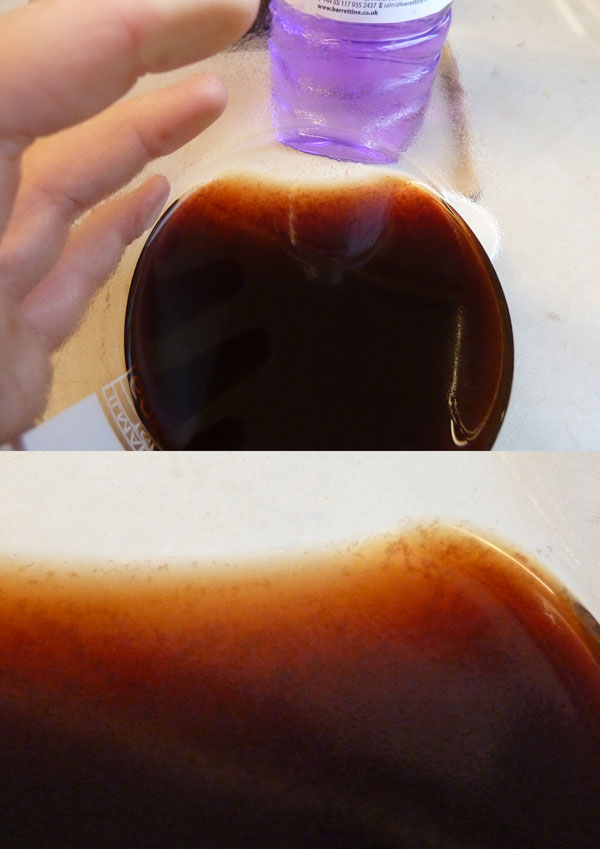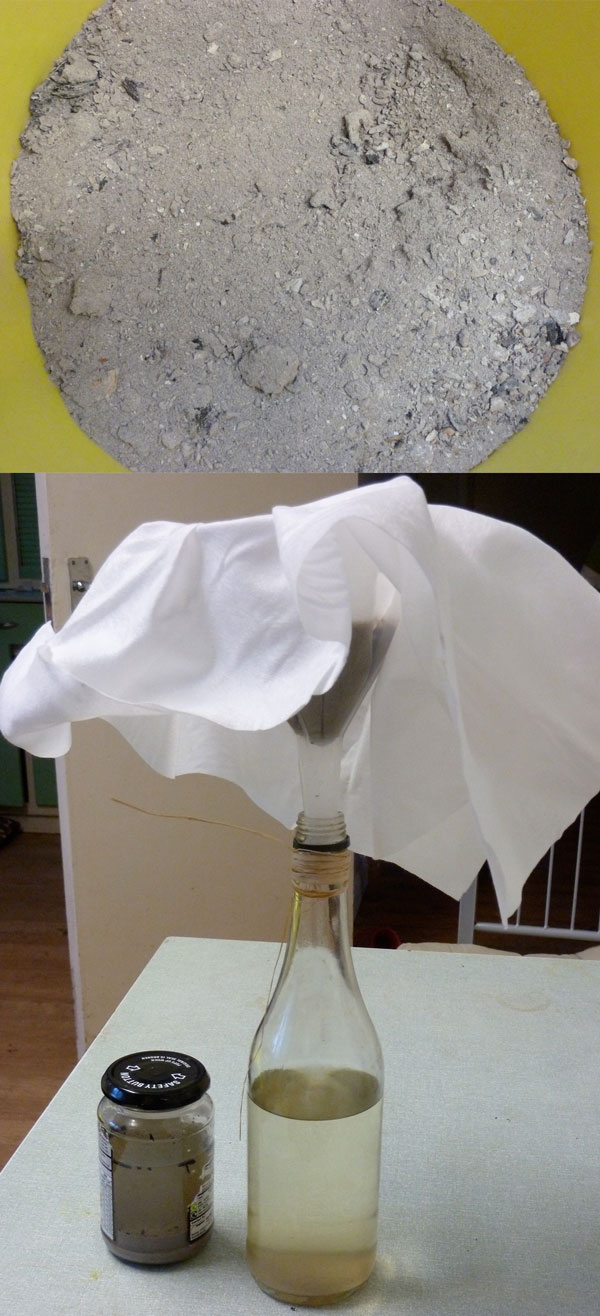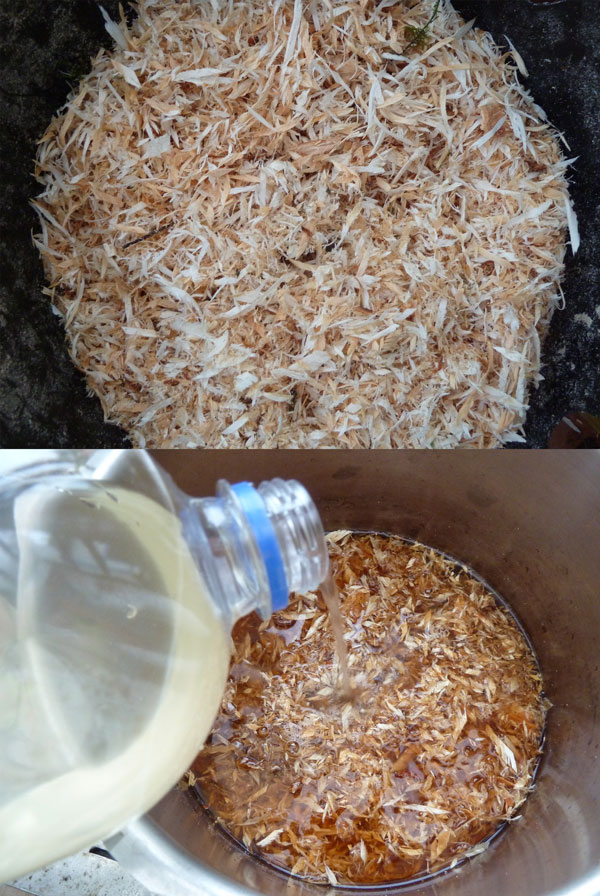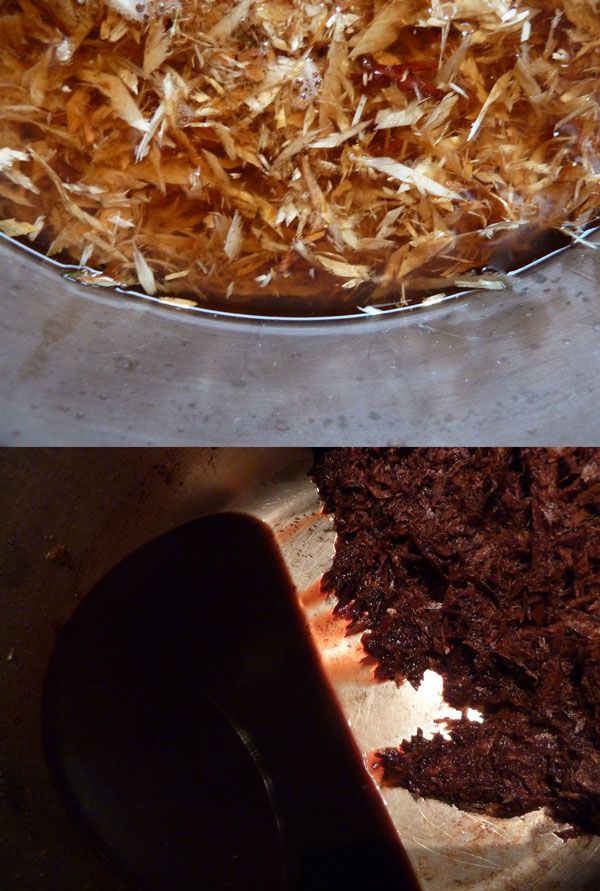During my search for the sacred Lignin I was put in touch with the Bio Composites Centre, associated with Bangor University, North Wales. The lovely folks there were very kind to sit with me and discuss, in detail, my projects ambitions and set restrictions. I have limited my material palette to everything that surrounds me within Jan's Wood, with the addition of fuel for a chainsaw. Could organic chemistry provide all the key ingredients to make a mouldable material? I had been soaking and cooking wood in homemade Potash, created from wood ash - is this an adequate alkali to aid in the break down of my wood? Unfortunately they had to let me down gently. Lignin is a tough tough substance, separating it from the cellulose without strong chemicals like Sodium Hydroxide would be a tall order, or perhaps a miracle. OK - if I haven't been extracting Lignin during my cooking tests, what have I been left with?
Lignin is a complex and un-uniformed molecule structure with strong bonds. Within Lignin sits long but weaker glucose chains of Hemi-cellulose. When soaked and heated these sugars are the first bonds to be broken and released.
Bio Composite, Bangor gave me a recipe to test out an extraction of my own Hemi-cellulose, which I could use as a glaze, or perhaps a wood treatment....
As soon as the Potash (Potassium Carbonate K2CO3) was poured into the Willow shavings the colour change indictated that some reaction had happened, I much quicker reaction compared to soaking wood in water. The solution was boiled for 2 hours and the colour had become a wonderful deep red with an interesting fragrance. It was this liquor that I needed.
As the Potash, a fairly strong alkali, needed to be nuetralised, a standard acid was added until pH 7 was reached.
I was advised that an alcohol will react and condense together the sugars of the Hemi-cellulose, so Meths was trickled in until cloudy clumps formed. 
Chemistry was never my strong subject, enjoyable, but baffling. Besides this being a complicated process, I was stabbing in the dark. Not being able to decipher exactly what I had created meant I had to abandon this clever chemistry and move on. Furthermore, this process involved large external ingredients with next to no yield of ... er... an opaque reddy/brown liquid that never seems to dry. Joy.


